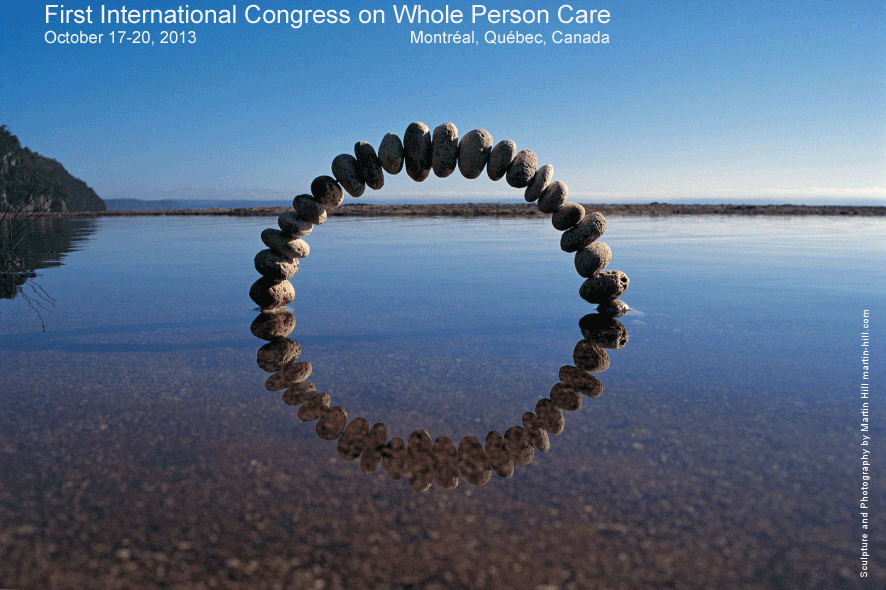Person-Centred Dentistry: When Do We Start?
Main Article Content
Abstract
Objectives: Although most health professions have adopted person-centred approaches in the last decades, dental professionals still rely on traditional paternalistic models. The objective of this research was to develop a model of person-centred care in dental practice.
Methods: Adopting an action-research approach, we started our process by adapting Stewart and colleagues' model of person-centred care to the field of dentistry. We then implemented and tested the new clinical approach in a private dental office of Montreal, Canada. During several months, an academic researcher observed the clinical activities of a dental practitioner, who was also the first researcher. At the end of each appointment, the observer and the practitioner shared their observations about the encounter and evaluated the clinical approach. Both suggested improvements to the model and implemented solutions to the next patients. After 39 rounds of observation-evaluation-improvement, a form of saturation was reached in the development of the clinical approach.
Results: The clinical encounter goes through four different stages. The first stage is how the relationship is built through an open dialogue on illness, fears and expectations. The second stage consists in gathering clinical information through examination, tests and questioning. The third stage is a disease-centered presentation of the results of the examination. The final stage is the development of a treatment plan after establishing a common ground through frank discussions and shared decision making. From this approach, a model emerged consisting in a stage of understanding, followed by planning, intervention, then back to understanding. This cycle takes place within the context of a patient-dentist relationship with mutual trust. This relationship, central to the encounter, acknowledges the whole-person dimension and psychosocial context of each party.
Conclusions: We hope this model will inspire other professionals and teaching institutions to develop their own approaches by using it as a theoretical framework.
Article Details
Authors retain copyright and grant the journal right of first publication with the work simultaneously licensed under a Creative Commons Attribution License that allows others to share the work with an acknowledgement of the work's authorship and initial publication in this journal. Creative Comons 4.0 CC-BY
Authors are able to enter into separate, additional contractual arrangements for the non-exclusive distribution of the journal's published version of the work (e.g., post it to an institutional repository or publish it in a book), with an acknowledgement of its initial publication in this journal.
Authors are permitted and encouraged to post their work online (e.g., in institutional repositories or on their website) prior to and during the submission process, as it can lead to productive exchanges, as well as earlier and greater citation of published work (See The Effect of Open Access).
